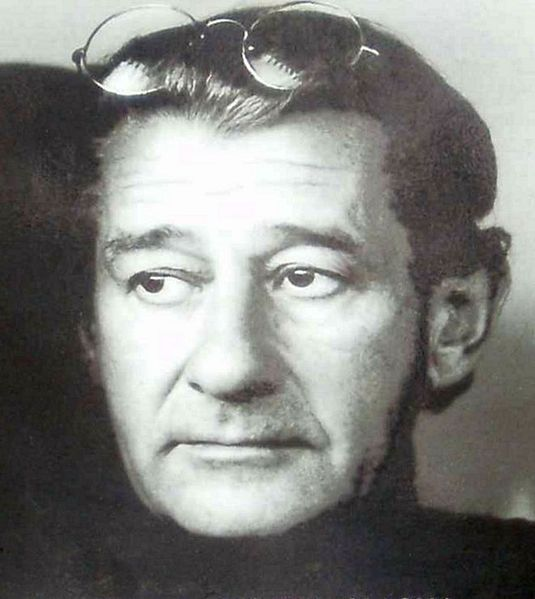
Helmut Newton
Helmut Newton was a renowned German-Australian fashion photographer whose provocative and groundbreaking work revolutionized the world of fashion photography. Newton's photographs have been featured in famous magazines, including Playboy, Marie-Claire, Elle, Vogue, and many more. His work has been showcased in numerous exhibitions around the world.
Biography of Helmut Newton
Helmut Newton was born in 1920 in Berlin, Germany. Newton's interest in photography began during his teenage years when he acquired his first camera. He attended both the Heinrich-von-Treitschke-Realgymnasium and the American School in Berlin. In 1936, Newton started to work alongside the esteemed German photographer Yva, also known as Elsie Neuländer Simon.
After the rise of the Nazi regime in Germany, Helmut Newton's parents made the difficult decision to flee the country. They sought refuge in Argentina, hoping to escape the persecution and uncertainties that plagued their homeland.
Newton left Germany in 1938. He was intending to journey to China but found himself in Singapore. He first secured a position as a photographer for the Straits Times, a notable newspaper in Singapore, where he had the opportunity to capture and document significant moments and events.
While in Singapore, Helmut Newton was interned by British authorities during World War II. As a result, he was transported to Australia. Newton's internment lasted until his release in 1942. Upon regaining his freedom, he found himself in Northern Victoria, Australia, where he briefly took on the role of a fruit picker. In August 1942, Helmut Newton made a significant decision and enlisted in the Australian Army.
Following the conclusion of World War II in 1945, Newton underwent a notable change in his status. He became a British subject, signaling a shift in his national allegiance. As part of this transformation, he changed his name, adopting the surname "Newton" in 1946.
In 1946, Helmut Newton established his own studio in the vibrant Flinders Lane located in Melbourne. Newton formed a partnership with Henry Talbot. Even after Newton departed from Australia in 1957, the partnership endured, and the studio was renamed 'Helmut Newton and Henry Talbot,' ensuring their joint legacy continued.
In February 1957, Helmut Newton's talent and reputation garnered him a remarkable opportunity — a 12-month contract with British Vogue. Eager to explore new horizons, he embarked on a journey to London, leaving his trusted partner, Henry Talbot, to oversee their business in Melbourne.
Newton left the work in the magazine before his contract ended and went to Paris. Here, he found new outlets for his artistic vision, working with esteemed French and German magazines, capturing the essence of fashion, culture, and society.
In March 1959, the artist returned to Melbourne, greeted by a contract with Australian Vogue.
During the later years of his life, Helmut Newton lived in Monte Carlo and Los Angeles, California. He embraced a lifestyle that allowed him to enjoy the best of both cities, immersing himself in the vibrant cultures and landscapes of these iconic locations.
Tragically, on January 23, 2004, Helmut Newton died in a car accident in Los Angeles, California. His untimely death marked the end of a remarkable career that forever transformed the world of fashion photography.
Helmut Newton’s art style
Helmut Newton became renowned for developing a distinctive style characterized by eroticism and stylized scenes. His photographs often depicted scenes with sado-masochistic and fetishistic undertones, pushing the boundaries of traditional norms and embracing the exploration of human desire and sexuality.
During the 1980s, Helmut Newton started a series of studio-bound projects that would become iconic. One such series was the captivating "Big Nudes." Following the success of the "Big Nudes," Newton delved further into the exploration of contrasts and dichotomies with his "Naked and Dressed" portfolio.
In 1992, Newton reached the pinnacle of his erotic-urban style with the groundbreaking series titled "Domestic Nudes."
Helmut Newton published "Pola Woman," a captivating book consisting of his Polaroid photographs. This publication provided a unique glimpse into Newton's creative process and offered a more intimate perspective on his artistic vision.
Years:
Born in 1920
Country:
Germany, Berlin
Personal website
Social